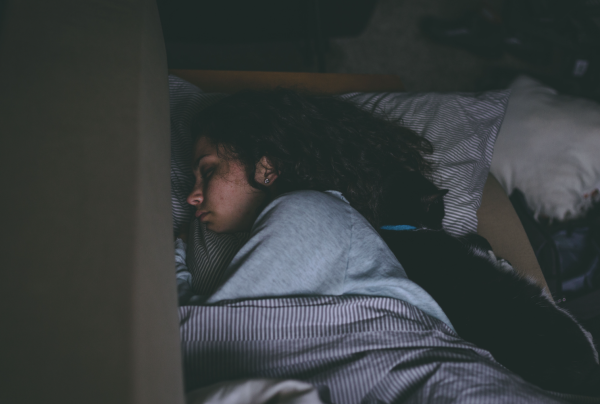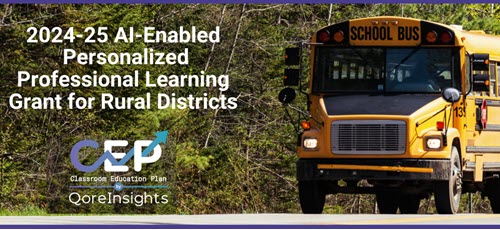More than half (54 percent) of 1,200 college students in a recent survey are not getting sufficient sleep—seven to nine hours per night, as recommended by the National Sleep Foundation. Findings from the survey, conducted by virtual health care provider TimelyCare, suggest that students who play sports are especially at risk of inadequate sleep, with 58 percent reporting getting six hours of sleep or fewer and 37 percent getting five or fewer.
Horacio de la Iglesia, a professor of biology at the University of Washington who studies sleep and circadian rhythms, tells Inside Higher Ed that traditional college-aged students actually need 8.5 hours of sleep per night—and that they typically get 1.5 hours less than that on weeknights.
“Young adults, like adolescents, have a biological clock that is delayed relative to older adults or young children and in general it takes them longer to feel the need for sleep at the end of the day,” de la Iglesia explains. “These factors, combined with the social interactions, freedom for bedtime choice, screen time, etcetera, delay their sleep onset, but they still need to wake up early to go to class.”
Sixty percent of students cite getting more sleep as a health goal, based on the spring Inside Higher Ed and College Pulse Student Voice survey of 3,000 undergraduates. Yet even as students register concern about not getting enough sleep, de la Iglesia says most campuses are “very poor in their sleep educations.”
How are some institutions educating students about the benefits of shut-eye and encouraging them to get enough? Read on for ideas.
1. Online sleep education. de la Iglesia says some institutions have contracts with Sleep 101, a sleep education program developed by Brigham & Women’s Hospital’s Sleep Health Institute and Healthy Hours. It’s a 45-minute primer on sleep’s relationship with student physical and mental health and even academic and athletic performance. The program can be hosted on learning management systems and is based on current research.
Sleep 101 also covers driver safety vis-à-vis sleep, as well as safety in college settings such as the lab or social events.
2. Classroom-based interventions. One 2021 study looked at the effectiveness of sleep interventions in introductory psychology courses at a public university. Both an intervention and a control group of students completed a well-known sleep health questionnaire called RU-SATED at the beginning and again at the end of the semester. The intervention class also completed a self-determination activity focused on sleep health in the middle of the semester.
A quarter of the full student sample reported never or rarely getting healthy sleep on average. But the intervention class had significantly better sleep health across the semester and significantly better daytime alertness post-intervention. The study’s authors concluded that, given the popularly of Psych 101 courses, the class is a “promising avenue” for sleep health promotion among large numbers of students. Moreover, the authors wrote, adopting a self-determination framework as part of sleep health promotion “shows potential for creating a person-centered, strengths-based approach to health behavior change within this population.”
3. 7UP® for sleep. Joyce Hovermale, a student success coach at Washtenaw Community College in Michigan, says that she wanted to do something different to promote sleep among students when she realized many on her campus weren’t getting enough. So during a tabling event at the college’s fall Welcome Days event, Hovermale handed out cans of the drink 7UP®, along with sleep self-assessment materials, all to remind students to get at least seven hours per night and think about their sleep habits.
“It was kind of corny, but we all had a good laugh over it. More importantly, it was memorable,” she recalls. “I had an image of a 7UP® can on the material I handed out to reinforce our conversation from the tabling event.”
Hovermale adds that student activities staff members have since reached out to her to see if they could borrow her idea for one of their events on campus. “It’s catchy and can be shared in multiple formats.”
4. Nap maps, sleep kits, emails and an app. The University of Texas at Austin, among other institutions, maintains nap maps for students who need to catch some zzzs but can’t easily go home to rest just then. The university’s Longhorn Wellness Center also runs a Sleep Week awareness event each fall and offers students sleep kits throughout the year.
Johns Hopkins University offers free sleep kits through its Yawns Hopkins initiative. Hopkins and other institutions also employ the Refresh sleep program, which was developed at Stanford University and incorporates cognitive behavioral therapy strategies to promote better sleep. Participants get an educational email once per week for two months. Topics include the physiology of sleep, sleep hygiene strategies, relaxation and mindfulness strategies and tracking sleep.
Additionally, Yawns Hopkins recommends SleepMatters, a sleep module app created by sleep experts at Hopkins.
5. Wellness pop-ups. Amanda Ayers, director of health promotion at Harvard University’s Center for Wellness and Health Promotion, says she and colleagues offer Wellness Wagon campus pop-ups twice per week during the academic year, featuring health and well-being supplies including sleep kits (students get an eye mask, ear plugs, herbal teas and written tips for getting quality sleep). The pop-ups can appear at campus residence halls by request, as well. And a workshop called Counting Sheep for Better Sleep is available by request to anyone affiliated with Harvard. (One takeaway: Keep your bedroom like a cave, meaning cool, dark and quiet).
6. Focus on memory and harm reduction. Ayers’s team posts a social media message about sleep once per semester. Harvard’s homepage has spotlighted research on sleep, as well, although that campaign wasn’t geared just toward students. As for what really sticks out to students about the importance of sleep, Ayers says “understanding sleep’s impact on learning and memory resonates well.”
She adds this: “Our office takes a harm reduction approach, which means that we do not tell people what they should or shouldn’t do, but try to give them as much information as possible so they can make choices that will best fit into their own life.”
Tell us about a successful student health awareness campaign on your campus. Submit your story here.





















Discussion about this post